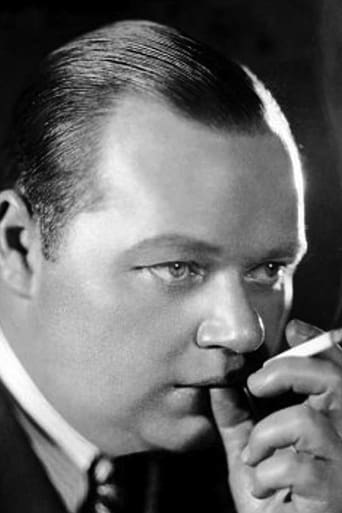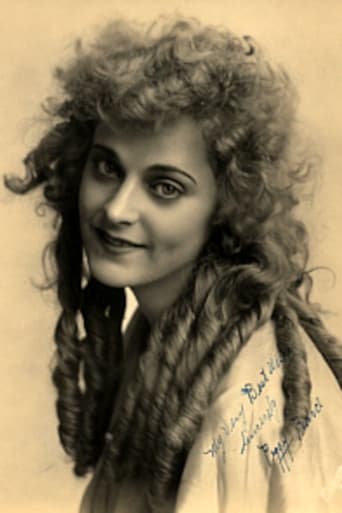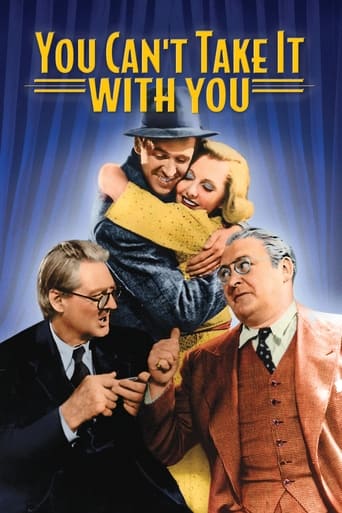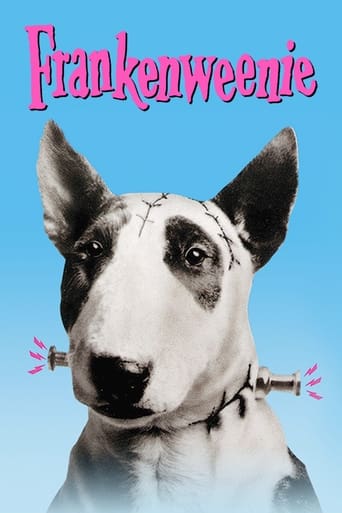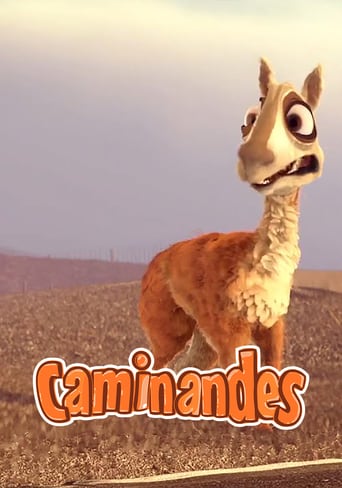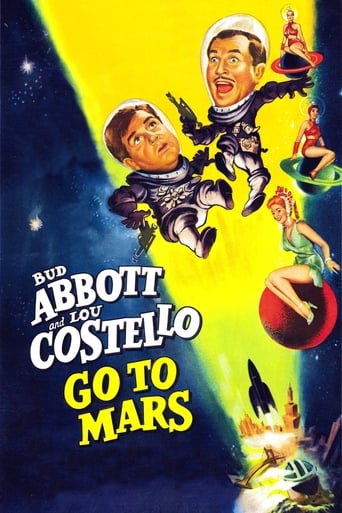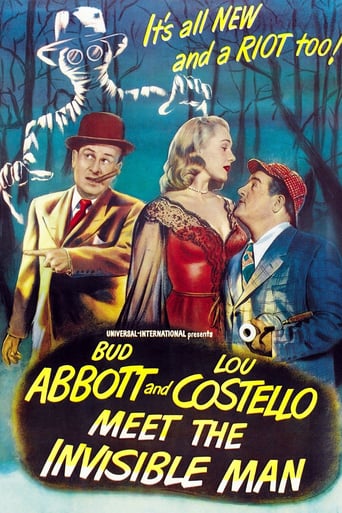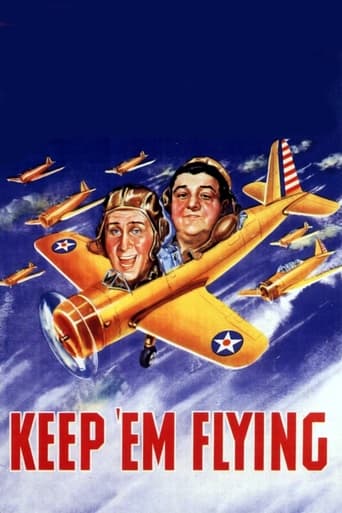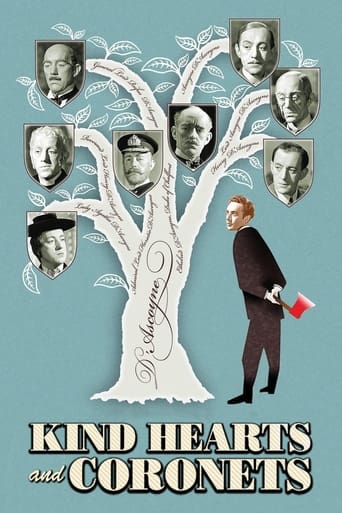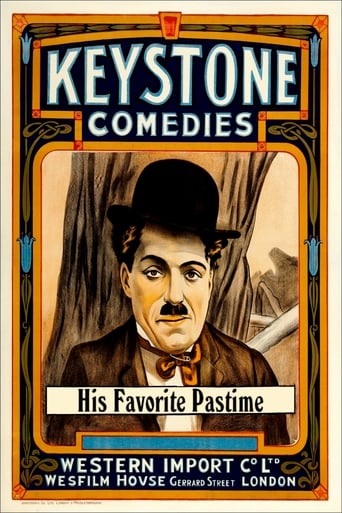
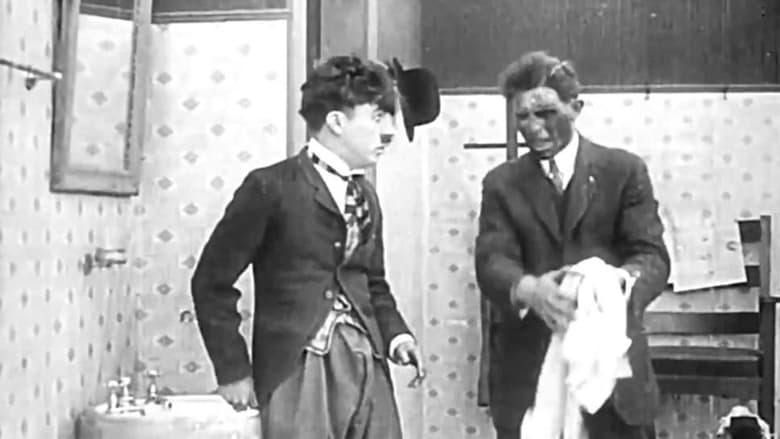
His Favorite Pastime (1914)
A very plastered fella follows a pretty woman home, and proceeds to make a nuisance of himself.
Watch Trailer
Cast


Similar titles
Reviews
Did you people see the same film I saw?
Simple and well acted, it has tension enough to knot the stomach.
Yo, there's no way for me to review this film without saying, take your *insert ethnicity + "ass" here* to see this film,like now. You have to see it in order to know what you're really messing with.
A lot of perfectly good film show their cards early, establish a unique premise and let the audience explore a topic at a leisurely pace, without much in terms of surprise. this film is not one of those films.
"His Favorite Pastime" is a 13.5-minute short film from over 100 years ago. So it should be no surprise that this is still a silent black-and-white movie, especially as Charlie Chaplin is on board here. But this is not really among his most famous works. Chaplin is giving it his best to make a fool of himself during the entire movie, but in my opinion it turned out all very chaotic and not particularly entertaining. The slapstick routine is not working in here. This is especially a shame as this film also has Roscoe Arbuckle in the cast, who was without a doubt one of the finest actors of his generation, just like Chaplin. There was definitely potential for more, but the script was simply too weak. Also a major flaw here is the complete lack of intertitles. The audience has no idea what is going on. I give it a thumbs down. Don't watch, unless you are a Chaplin completionist.
It appears this is unpopular, even compared to other early Chaplins.I found it funnier and more advanced than a number of Chaplin's films from this period.It suffers compared to later films of his, of course, because I find these early films are rather primitive. However, several of his films before and after this are less funny and less interesting.Chaplin's drunk act is excellent throughout. Fatty Arbuckle does a decent performance too. The sequence where Charlie fights with a saloon toilet door is funny and much copied. When he jumps onto a moving vehicle it is well done and interesting,All in all, not a bad little film.
It is funny how public taste changes through the years. One comedy routine can be received with tremendous applause one year and be considered completely dated just a few years later. In March, 1914, Motion Picture News wrote of HIS FAVORITE PASTIME: "If there is an audience somewhere which does not roar with laughter while watching this comedy, then the minds of this audience are hardly in a defensible state." But although Chaplin always was proud of the fact that his comedy by common agreement remained "timeless," I'd be surprised if this one-reeler ran along all that well if screened to an audience today.(*SPOILERS*) Chaplin appears in his famous outfit, but as my fellow-reviewers have pointed out, he is completely unrecognizable as "The Tramp" in terms of behavior. The entire story could be summarized by a single sentence, really: a highly intoxicated Charlie causes havoc at the bar of which he is quickly thrown out; outside, he is attracted to a woman and follows her by the streetcar while she takes a cab; he finally breaks into her house, only to wake the hostess of the house, who beats him up along with the husband of the pretty woman. (*SPOILERS END*)Seen through the eyes of today, only a few bits of comedy stand out; one nice moment occurs when Charlie somersaults from a balcony to land in sitting position on a sofa inside, but most of the comedy presented here is probably hard to grasp to anyone not really familiar with the Keystone-universe, how its inhabitants interacted and behaved; and even if you are familiar, the film will probably stand out as quite mediocre in any case. To be sure, at this point Chaplin was still appearing in films made by others, and it is well reported that the comedian went through quite a difficult time with director George Nichols, who strictly believed in the "old methods" and responded unenthusiastically to Chaplin's suggestions. This, added by Chaplin's own inexperience with film, didn't make circumstances good for creativity.All this being said, however, I would like to point out that it is important to not only put HIS FAVORITE PASTIME into context regarding the circumstances under which it was made, but also under an historical context. This film is not the film to begin an acquaintance with Chaplin's work, but there is one tiny fact we must keep in mind, whether we like it or not: although there might be little amusement to be found here for anyone alive in 2007, the mentioned Motion Picture News-review confirms that HIS FAVORITE PASTIME did apparently offer plenty of laughs in 1914; and that was, quite certainly, Chaplin's intention when he appeared in this film. Nowadays filmmakers are likely to hope that their products will still be talked about a century from now, as more than a hundred years of experience with film has proved that some movies actually do achieve public interest that long. However, when HIS FAVORITE PASTIME saw release, movies had just recently become an industry; nobody imagined that these rough things would be available on a marvel called DVD generations later. A film was made to entertain there and then and in that respect, HIS FAVORITE PASTIME clearly fulfilled its purpose. As for Chaplin's performance here, whose crude nature makes for quite a contrast to his far more likable, sentimental character of just a year or two later, I'll admit that I find the Tramp of the Keystone-period to often be quite hilarious, even when he is as unrefined as seen here. He is such a selfish, determined and insensitive little fellow, but Chaplin even here equips him with a certain gracefulness and rhythm that makes his mere appearance plain funny, once you get used to it.I'm saying it for the last time now: HIS FAVORITE PASTIME is not a memorable film, but it did amuse the parents of your parents or even the parents of your parents of your parents, and that, I think, is the most relevant thing. It should also be noted that the copy I possess is not in good shape, and it could be that a thorough restoration would put it in a somewhat better light.LATER UPDATE--sure enough, BFI/Flicker Alley's 2010-reconstruction of HIS FAVORITE PASTIME makes it a more enjoyable film. As it turns out, some scenes and bits of comic business had been cut from the rusty copy of the film I'd previously watched, and while none of the cut material transforms the film into anything approaching a masterpiece, it did make me chuckle a few more times. Even here, Chaplin's pantomime is often rather subtle compared to the supporting players surrounding him.
Just as Babe Ruth struck out now and then, and George Gershwin hit the occasional sour note, Charlie Chaplin made a few comedies during his apprenticeship at Keystone that don't hold up all that well. In the better efforts we can detect a great talent struggling to emerge from the chaos, and there are good moments scattered about, while a couple of them (I'm thinking of The New Janitor and Caught in a Cabaret) are quite satisfying: nicely constructed films with funny gags and a story to tell. However, several of the Keystones -- and I say this as a lifelong Chaplin fan -- are a chore to sit through. Too many of them are burdened with an overload of silly histrionics and painful-looking slapstick violence, and those good moments are hard to find.Well, I'd say the good moments are scarce indeed in His Favorite Pastime. The main problem is that Chaplin's character is so obnoxious: he looks like the Little Tramp, but sure doesn't act like him. Most of this film is set in a pub, and once Charlie's had a few shots he turns into a mean drunk. There's a vigorous workout involving a swinging door, and it's mildly amusing, but the routine lacks the finesse Chaplin would bring to such business later on, in far better comedies such as The Cure. Moreover, in his later work the characters taking the brunt of the violence usually deserved it. Here, by contrast, when an inoffensive washroom attendant (a white actor wearing black-face makeup) holds out his hand for a tip, Charlie drops a lighted match instead of a coin and burns the man's hand. Ouch! Later, thoroughly blotto, Charlie follows a pretty woman home, walks right into her house, and makes a pass at her. Actually, on his first attempt, he accidentally makes the pass at her 'colored' maid (again a white performer in black-face), and is horrified when he realizes his mistake -- a very unusual racial gag in Chaplin's work, and another strike against this film. Really the only worthwhile moment is a nice demonstration of physical dexterity, when Charlie falls over a banister, lands on a sofa, and then casually lights a cigarette.There are a couple points of minor interest in His Favorite Pastime concerning the cast: the opening sequence in the saloon features Chaplin's Keystone colleague Roscoe Arbuckle, so heavily disguised as a shabby drunk that he's barely recognizable. Where laughs are concerned nothing much comes of the scene, but it's interesting to note Arbuckle's resemblance to Orson Welles in his grizzled makeup for A Touch of Evil, made many years later. Also, the society lady Charlie follows home is played by an actress variously known as Peggy Pearce and Viola Barry, who reportedly was romantically involved with Chaplin for a brief time during his stint at Keystone. Here she isn't given much to do, but she can be seen to better advantage opposite Lillian Gish in D. W. Griffith's Biograph drama of 1913, The Mothering Heart. That short drama, by the way, holds up considerably better than this comedy.



